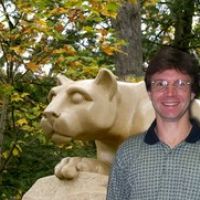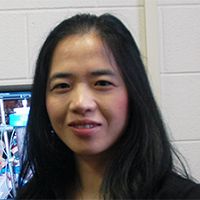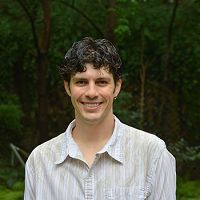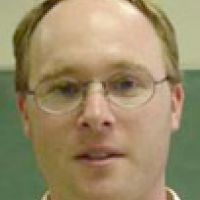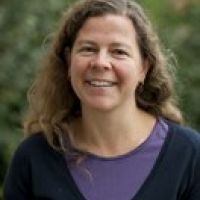Brantley et al., 2018
Using the Susquehanna - Shale Hills CZO to Project from the Geological Past to the Anthropocene Future
Brantley, Susan L., Davis, Kenneth J., Eissenstat, David M., and Li, Li (2018)
NSF Award # 1331726 - Annual Report: Year 5
-
National, Eel, Luquillo, Shale Hills, INVESTIGATOR, COLLABORATOR
-
Shale Hills, INVESTIGATOR
-
Shale Hills, INVESTIGATOR
-
Shale Hills, INVESTIGATOR
-
Shale Hills, INVESTIGATOR
-
Shale Hills, INVESTIGATOR
-
Shale Hills, INVESTIGATOR
-
Shale Hills, INVESTIGATOR
-
IML, Shale Hills, INVESTIGATOR
Abstract
We are learning to earthcast the CZ. To us, earthcasting means developing quantitative models for earth surface evolution that will enable us to project into the future. We plan to do this by creating models to describe fluxes we see today, by testing the models by hindcasting the geologic record, and then using those models to make forecasts. We focus on a 165 km2 watershed in central PA (Shavers Creek). We have developed an observational model to measure important aspects of the CZ in this large watershed. Over short timescales and large spatial extents, we are developing an atmosphere-land surface model that couples meteorological and ecological processes with hydrological and biogeochemical processes in regolith using information about i) depth to bedrock; ii) permeability; iii) water uptake by roots; iv) distribution of fractures and macropores. Over long timescales and smaller spatial extents, we are developing models that predict these regolith characteristics. The models that treat these various processes are built on the Penn State Integrated Hydrologic Model (PIHM). With different modules in PIHM we plan to model changes in water, energy, sediment, and solute (WESS) fluxes at various timescales. For the sedimentary rocks underlying our CZO, we use these models to explore how the geological past has impacted the structure of regolith, and, in turn, how this structure contributes toward controlling today’s fluxes.
Citation
Brantley, Susan L., Davis, Kenneth J., Eissenstat, David M., and Li, Li (2018): Using the Susquehanna - Shale Hills CZO to Project from the Geological Past to the Anthropocene Future. NSF Award # 1331726 - Annual Report: Year 5.
 This Paper/Book acknowledges NSF CZO grant support.
This Paper/Book acknowledges NSF CZO grant support.
Explore Further

